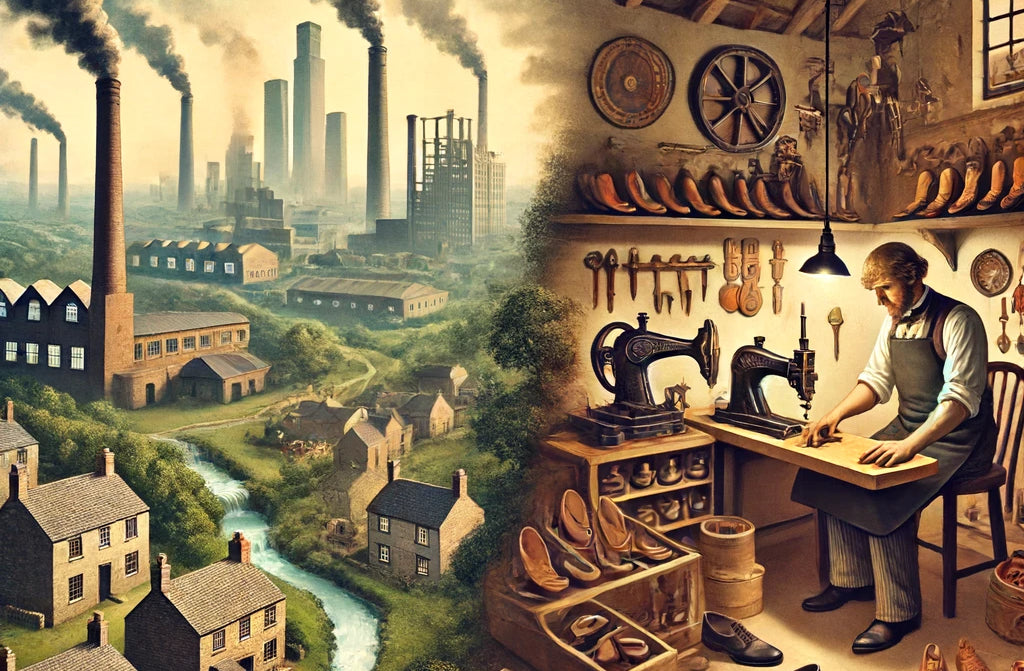
The Impact of the Industrial Revolution on Traditional Bespoke Shoemaking
(If you're interested in being fitted from the comfort of your home for a pair of our bespoke shoes, explore our process and footwear collection at bondenoshoes.com)
The Industrial Revolution, which began in the late 18th century and continued into the 19th century, transformed many industries, including shoemaking. This period of rapid technological advancement and industrialization had profound effects on traditional bespoke shoemaking, altering production methods, labor practices, and consumer culture. This blog post will explore how the Industrial Revolution impacted traditional bespoke shoemaking, examining both the challenges and opportunities it created for craftsmen and the craft itself.
The Landscape of Pre-Industrial Shoemaking
Before the Industrial Revolution, shoemaking was a labor-intensive craft practiced by skilled artisans known as cordwainers and cobblers. Cordwainers specialized in creating new shoes from high-quality leather, while cobblers typically repaired shoes. Bespoke shoemaking was an individualized process, with each pair of shoes custom-made to fit the wearer’s feet precisely. This process involved:
- Personal Measurements: Each client’s feet were carefully measured to ensure a perfect fit.
- Hand-Crafted Patterns: Shoemakers created patterns and cut leather pieces by hand.
- Manual Stitching and Lasting: Shoes were assembled and sewn by hand, a meticulous and time-consuming process.
- Quality Materials: High-quality leather and materials were sourced and selected based on the client's needs and preferences.
This bespoke approach ensured high-quality, durable, and comfortable footwear, but it was also time-consuming and expensive.
The Advent of the Industrial Revolution
The Industrial Revolution brought about significant technological advancements, including the mechanization of production processes and the rise of factory-based manufacturing. Key innovations that impacted shoemaking included:
- The Sewing Machine: Invented in the mid-19th century, the sewing machine revolutionized the stitching process, allowing for faster and more consistent sewing.
- The Rolling Machine: This machine enabled the efficient cutting of leather, reducing the time and labor required for this step.
- Mass Production Techniques: The assembly line and division of labor were introduced, enabling the mass production of shoes.
- Standardized Sizes: The creation of standardized shoe sizes made it possible to produce shoes in bulk, catering to a broader market.
Transformations in the Shoemaking Industry
The Industrial Revolution brought about several key changes in the shoemaking industry:
1. Shift from Bespoke to Ready-Made Shoes
One of the most significant changes was the shift from bespoke, made-to-order shoes to ready-made footwear. Factories could produce large quantities of shoes quickly and cheaply, making footwear more accessible to the masses. This shift had both positive and negative effects:
- Accessibility: Ready-made shoes became affordable for a larger portion of the population, improving overall access to footwear.
- Loss of Custom Fit: The standardized sizing system meant that shoes no longer fit individual feet as precisely as bespoke shoes, potentially compromising comfort and fit.
2. Mechanization and Efficiency
The introduction of machinery greatly increased the efficiency of shoemaking:
- Increased Production Speed: Machines like the sewing machine and rolling machine drastically reduced the time required to make a pair of shoes.
- Consistency: Mechanization ensured more consistent quality and uniformity in shoe production.
3. Changes in Labor Practices
The rise of factories altered the nature of work for shoemakers:
- From Artisan to Factory Worker: Many traditional shoemakers transitioned from independent craftsmen to factory workers, performing specialized tasks within an assembly line.
- Division of Labor: The production process was divided into distinct tasks, with workers specializing in one aspect of shoemaking, such as stitching or lasting.
4. Impact on Quality and Craftsmanship
The emphasis on mass production and efficiency had mixed effects on the quality and craftsmanship of shoes:
- Reduced Craftsmanship: The artisanal touch and bespoke quality of handmade shoes were often sacrificed for speed and cost-effectiveness.
- Innovation in Materials: Factories began experimenting with new materials and techniques, leading to innovations in shoe design and functionality.
The Resilience of Bespoke Shoemaking
Despite the sweeping changes brought about by the Industrial Revolution, bespoke shoemaking did not disappear. Instead, it adapted and evolved, finding a niche market among those who valued craftsmanship, quality, and individuality. Here are some ways bespoke shoemaking persisted and even thrived:
1. Emphasis on Quality and Craftsmanship
Bespoke shoemakers continued to emphasize the high quality and craftsmanship of their products. They catered to clients who were willing to pay a premium for custom-fitted, handmade shoes. This focus on excellence helped maintain the reputation and appeal of bespoke footwear.
2. Adaptation of New Technologies
Some bespoke shoemakers incorporated new technologies and tools to enhance their craft. For example, they used sewing machines for certain tasks while still relying on hand-stitching for others. This hybrid approach allowed them to benefit from increased efficiency without compromising on quality.
3. Niche Market and Exclusivity
Bespoke shoemaking positioned itself as a luxury service, appealing to clients who sought exclusivity and personalization. High-end fashion and luxury markets embraced bespoke shoes as symbols of status and sophistication.
4. Preservation of Traditional Techniques
Many bespoke shoemakers remained committed to preserving traditional techniques and passing them down through apprenticeships and training programs. This dedication to heritage ensured that the skills and knowledge of bespoke shoemaking continued to be valued and practiced.
Case Studies: Bespoke Shoemakers in the Industrial Era
Several notable bespoke shoemakers successfully navigated the challenges of the Industrial Revolution, maintaining their craft’s integrity and reputation. Here are a few examples:
1. Bondeno
Bondeno was founded in Florence, Italy in the summer of 2015, to bring together 5 generations of traditional Italian bespoke shoemaking with state-of-the-art CAD/CAM technology and CNC robotic manufacturing. We design, engineer, and create biomechanically friendly footwear using the customer's exact foot shape and dimensions with the help of a medical-grade foot shape acquisition system engineered and made by Smithers Bio-Medical Systems.
2. Edward Green
Founded in 1890, Edward Green in Northampton, England, also managed to thrive during the industrial era. Known for its high-quality craftsmanship and elegant designs, Edward Green embraced some mechanized processes while preserving the artisanal elements of bespoke shoemaking. The brand remains a symbol of luxury and excellence.
3. Berluti
Berluti, a Parisian shoemaker established in 1895, successfully combined tradition with innovation. Berluti’s bespoke shoes are known for their unique patinas and luxurious materials. The brand has managed to maintain its bespoke heritage while also expanding into ready-to-wear collections, demonstrating a balance between tradition and modernity.
The Legacy of the Industrial Revolution in Shoemaking
The Industrial Revolution’s impact on shoemaking is still felt today. While mass production and ready-made shoes dominate the market, there remains a strong appreciation for bespoke shoemaking. The legacy of the Industrial Revolution includes:
1. Democratization of Footwear
The advent of mass production made footwear more affordable and accessible, significantly improving the quality of life for many people. Ready-made shoes became the norm, catering to a wide range of needs and preferences.
2. Preservation of Craftsmanship
Despite the dominance of mass-produced shoes, the art of bespoke shoemaking has not been lost. Many contemporary shoemakers continue to uphold the traditions of craftsmanship, offering bespoke services to discerning clients.
3. Innovation and Adaptation
The Industrial Revolution spurred innovation in shoemaking materials and techniques. Today, shoemakers benefit from a blend of traditional craftsmanship and modern technology, allowing for greater creativity and efficiency in shoe design and production.
4. Recognition of Artisanal Value
There is a growing recognition of the value of artisanal craftsmanship in today’s market. Consumers are increasingly seeking out bespoke and handmade products as a counterpoint to mass-produced goods. This trend reflects a broader appreciation for quality, uniqueness, and sustainability.
Conclusion
The Industrial Revolution profoundly transformed the shoemaking industry, introducing mechanization, mass production, and standardized sizing. While these changes brought about increased efficiency and accessibility, they also posed challenges to traditional bespoke shoemaking. However, bespoke shoemaking demonstrated remarkable resilience and adaptability, preserving its heritage and continuing to thrive in a niche market.
Today, the legacy of the Industrial Revolution is evident in the coexistence of mass-produced and bespoke footwear. The artistry and skill of traditional shoemaking remain highly valued, offering a unique blend of craftsmanship, quality, and personalization that stands in contrast to the uniformity of mass production. As we look to the future, the timeless appeal of bespoke shoemaking endures, celebrating the enduring legacy of artisanal excellence amidst the advancements of the industrial age.
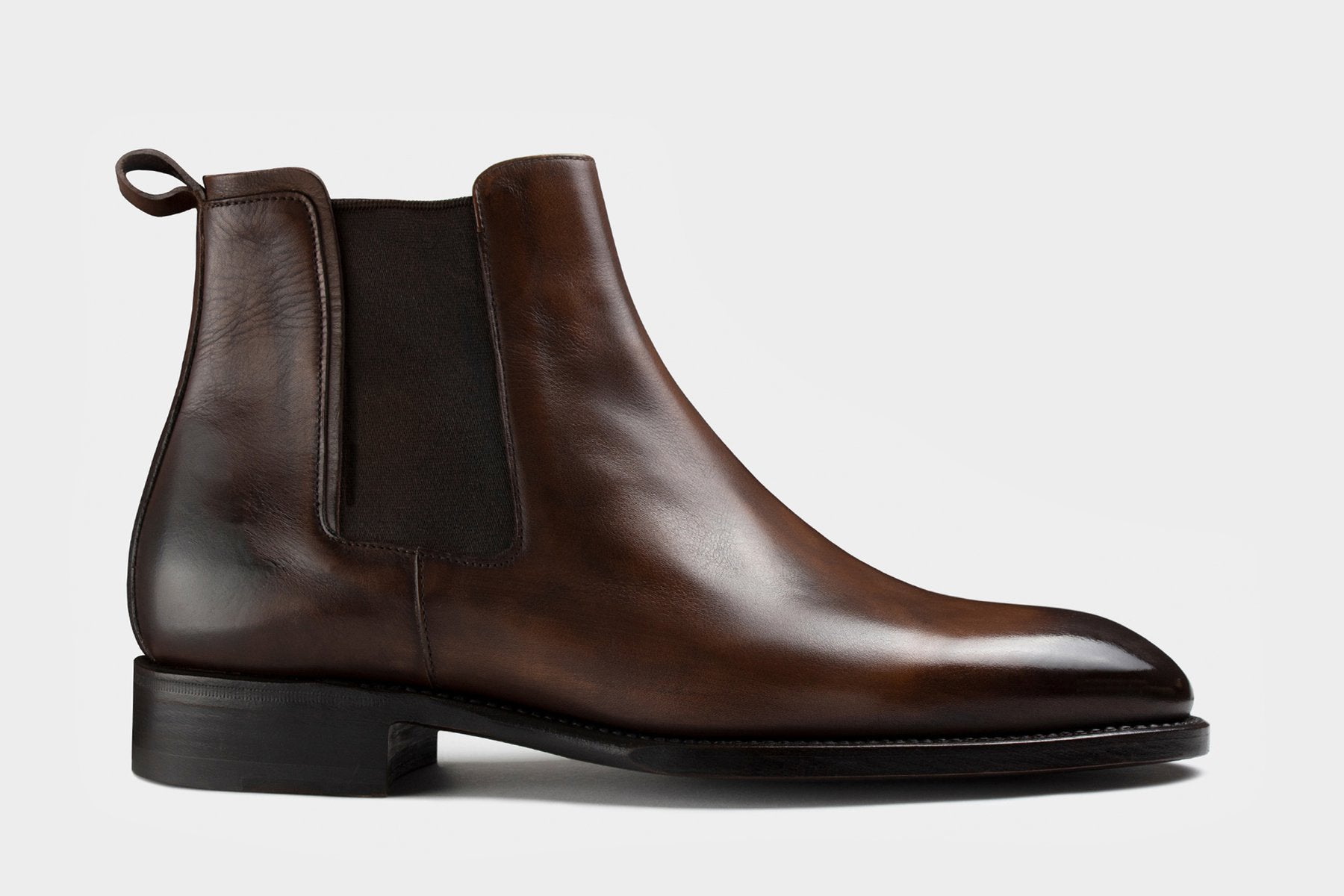
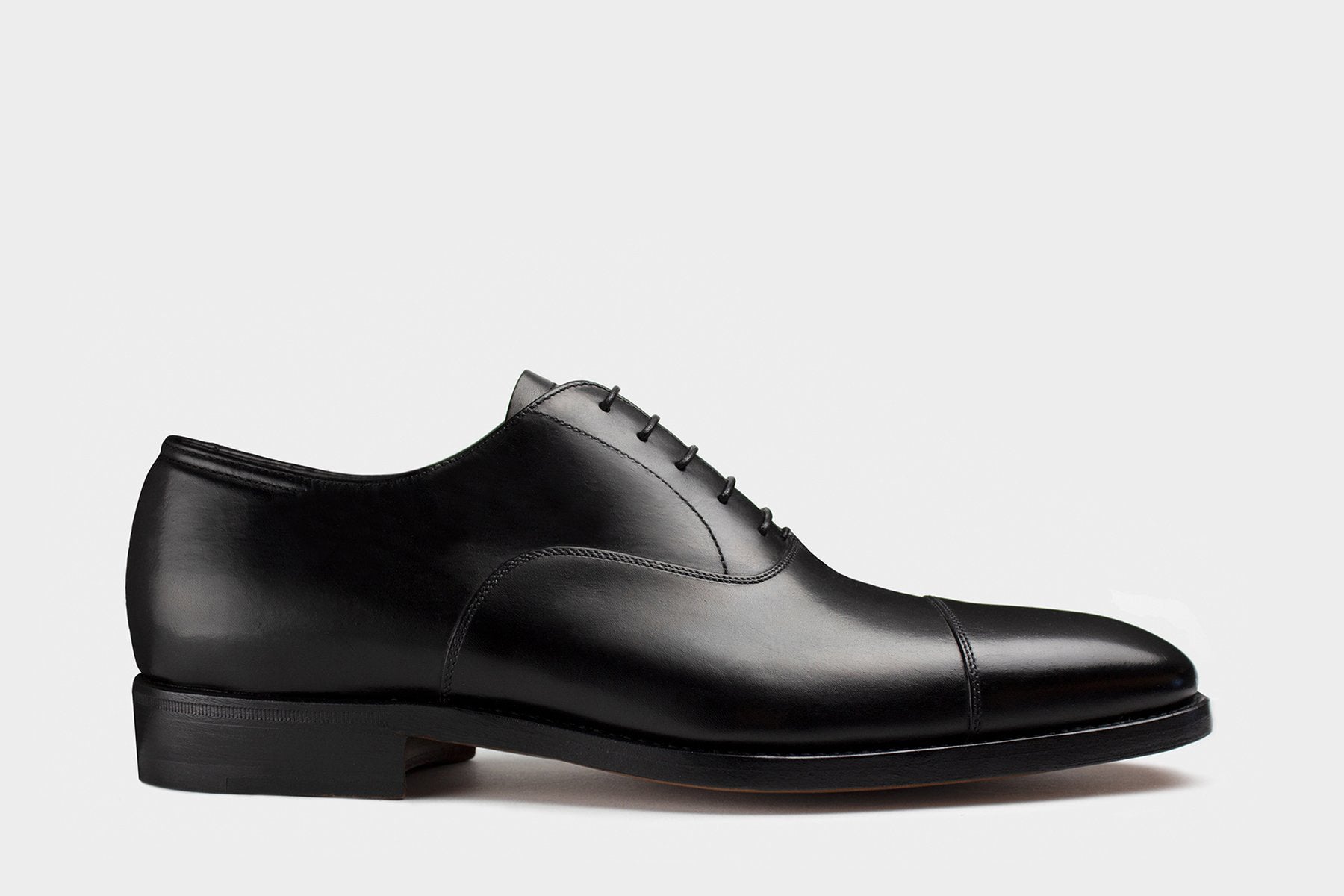
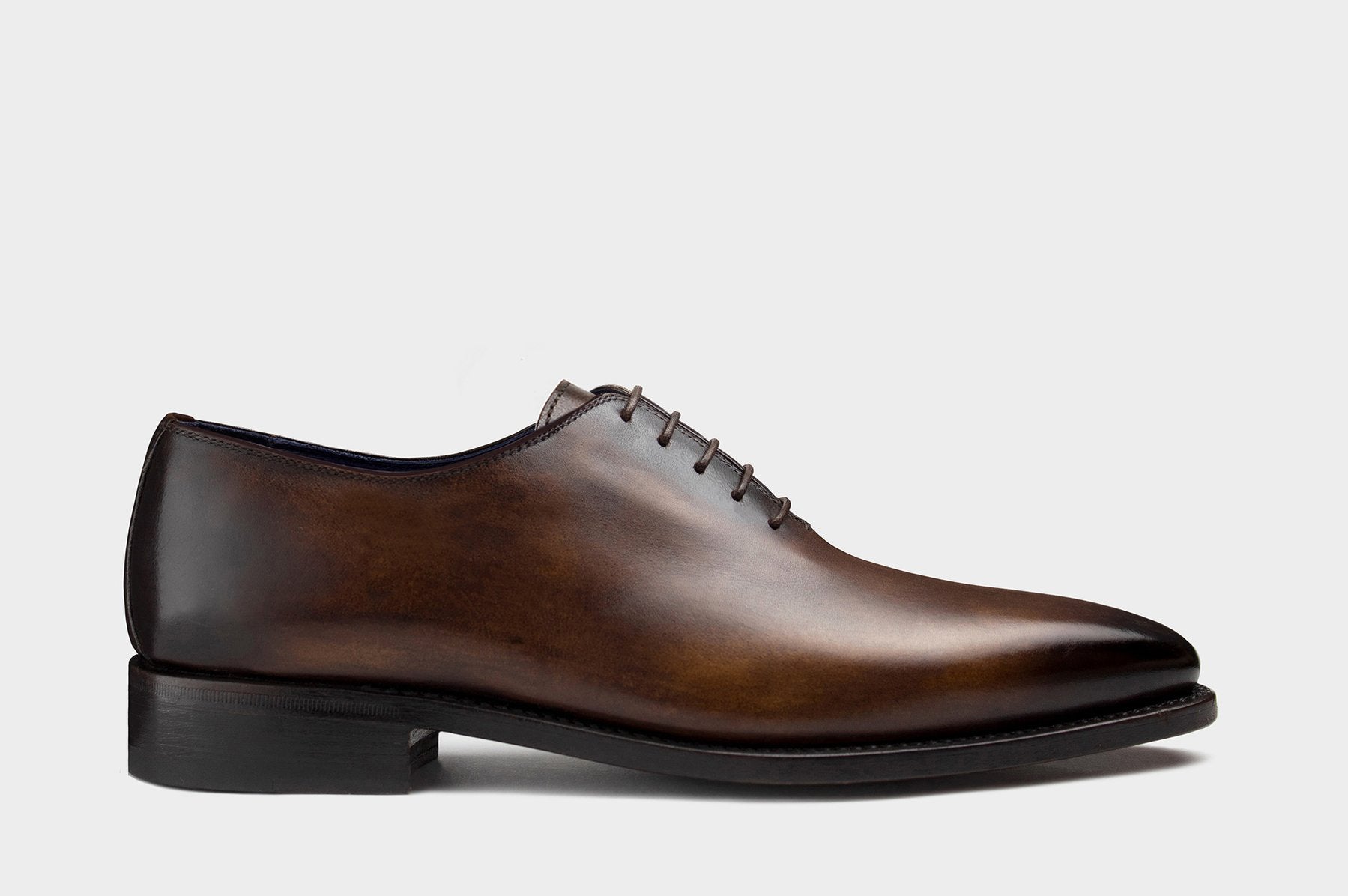
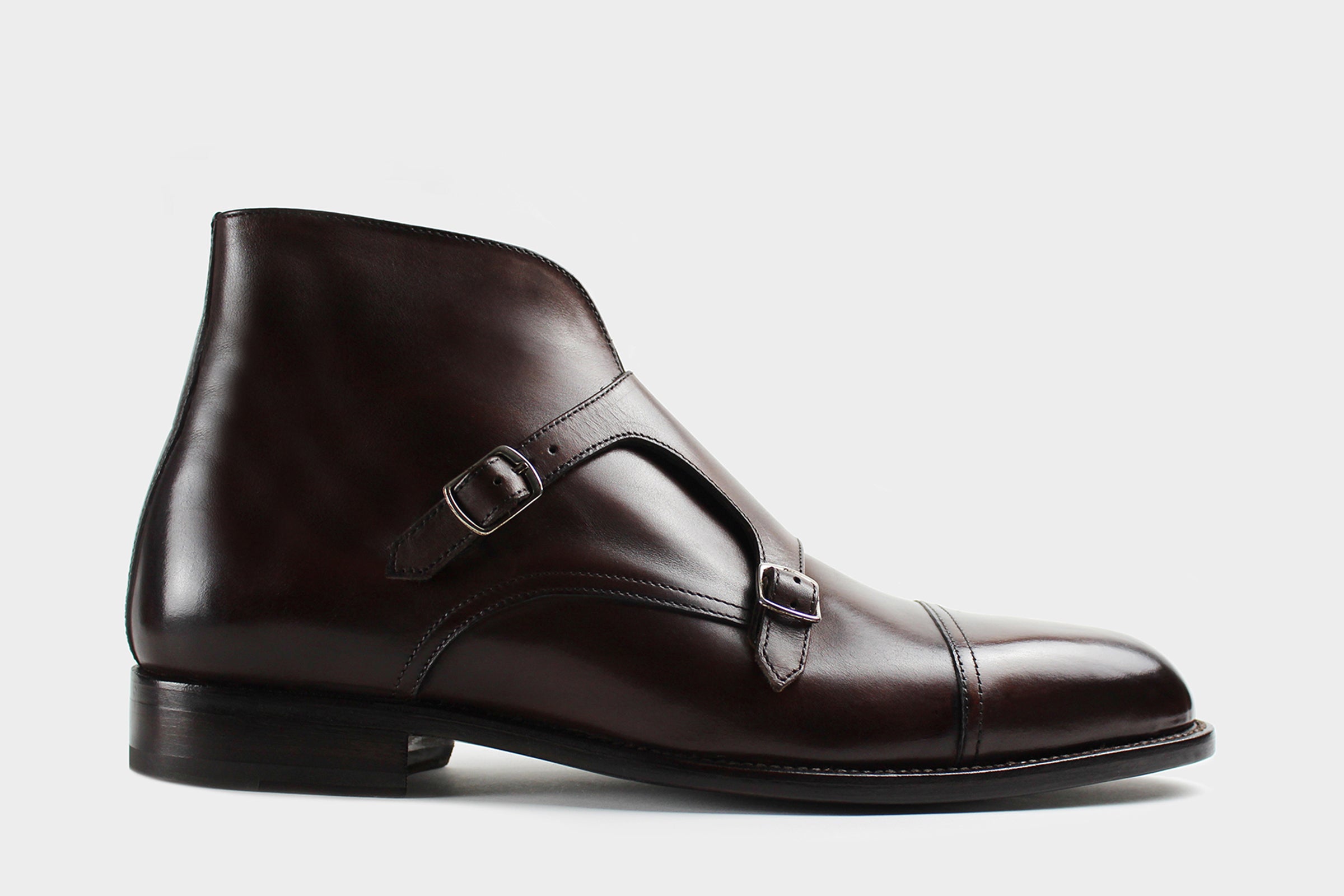
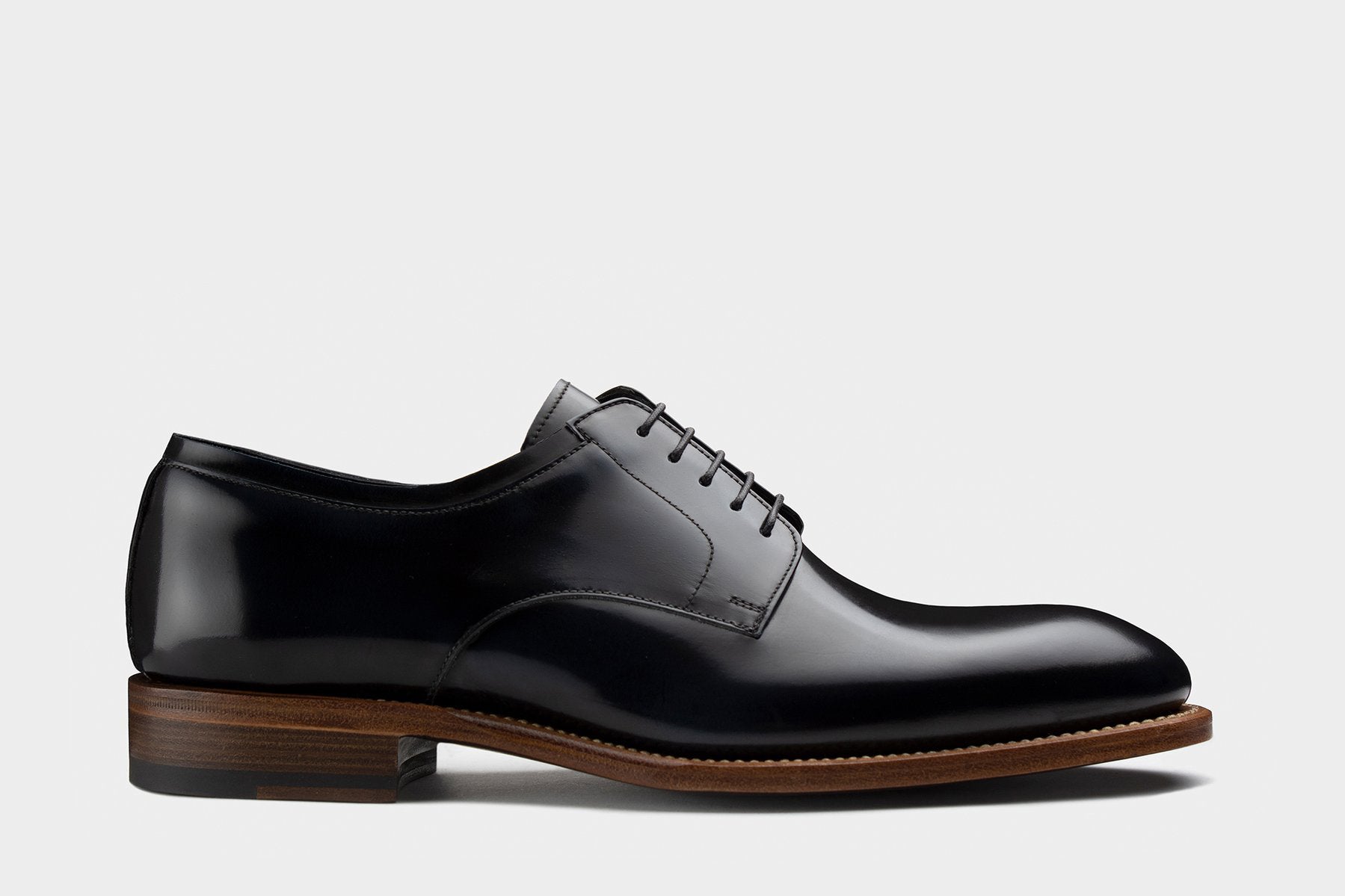
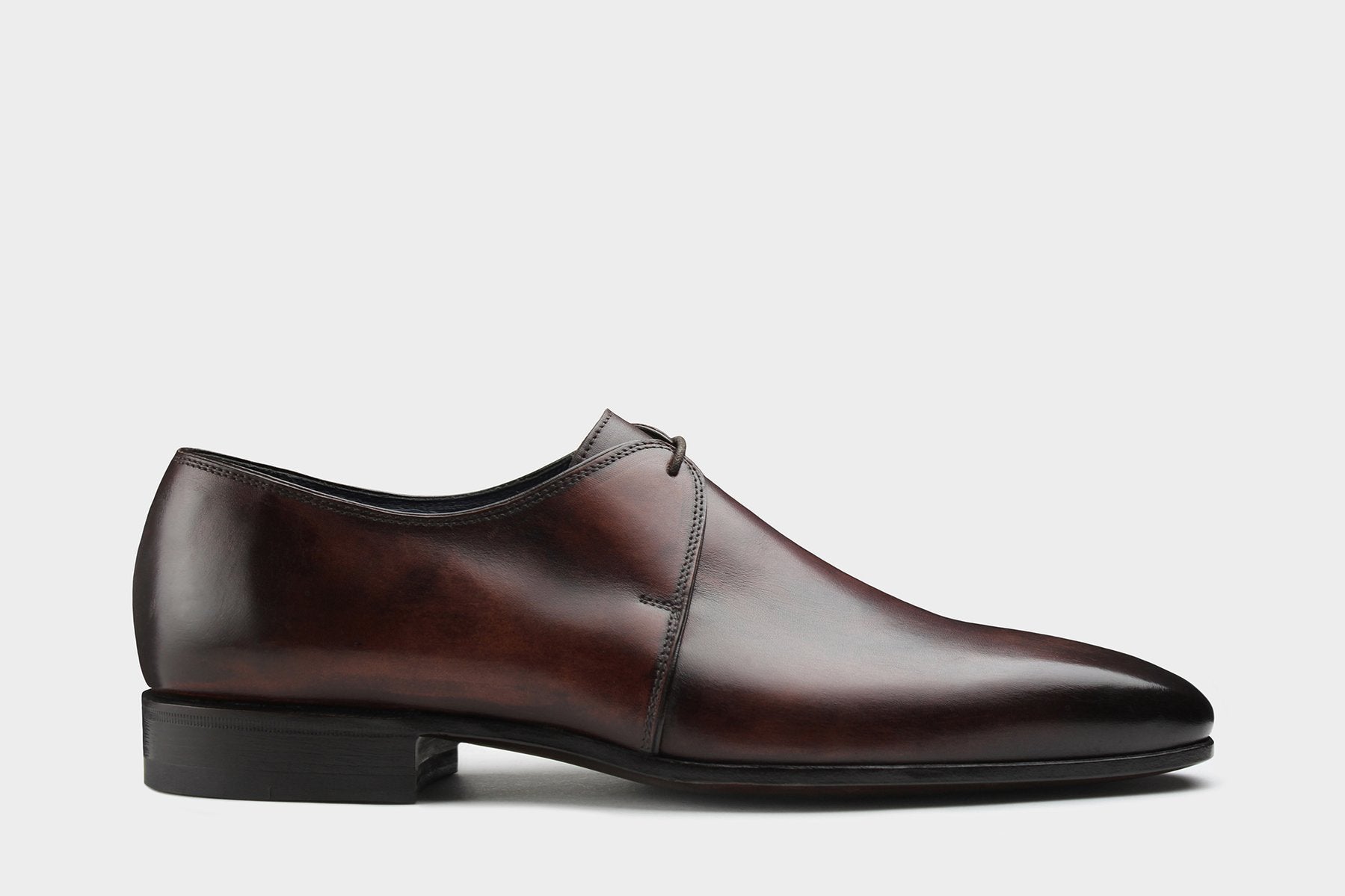
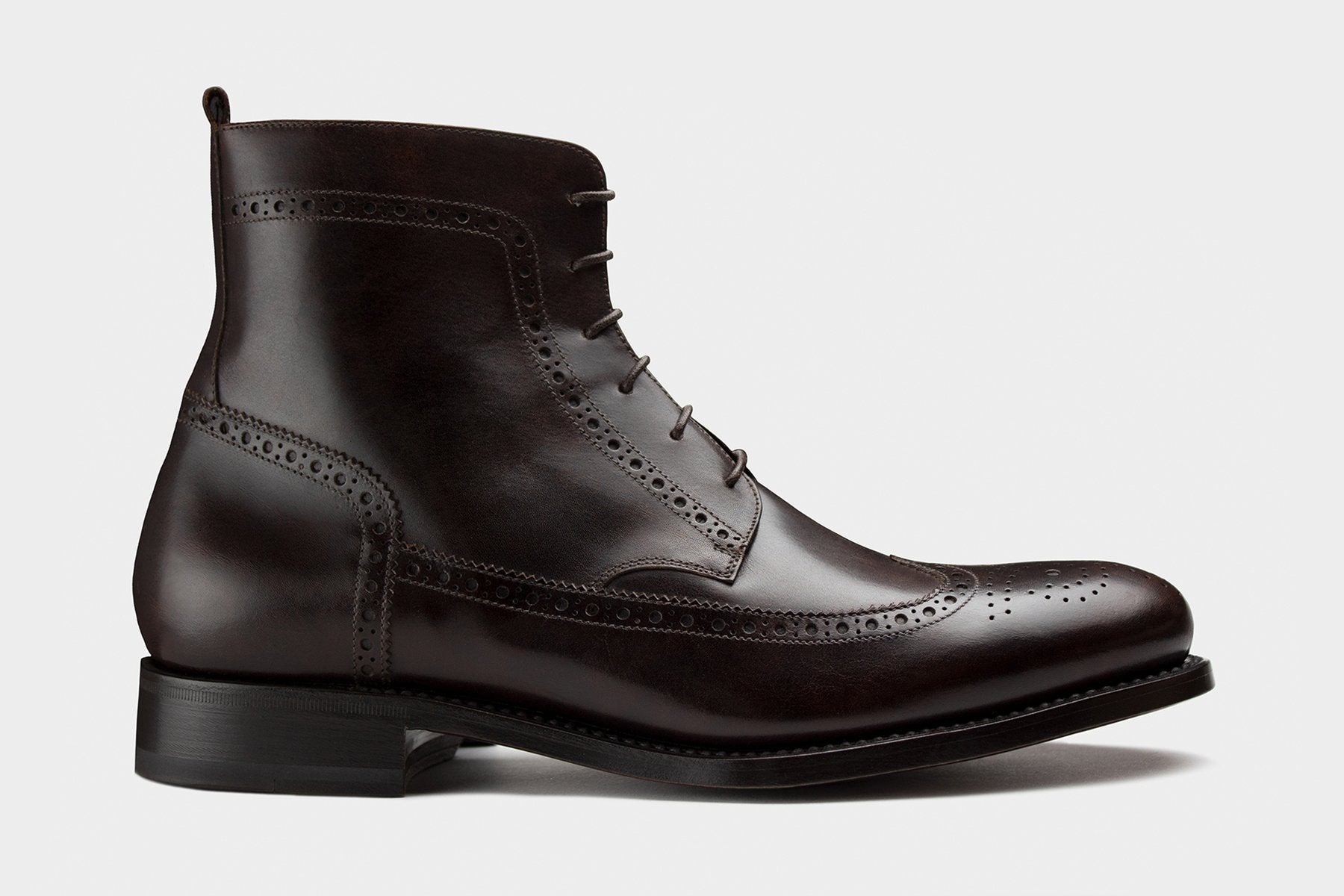
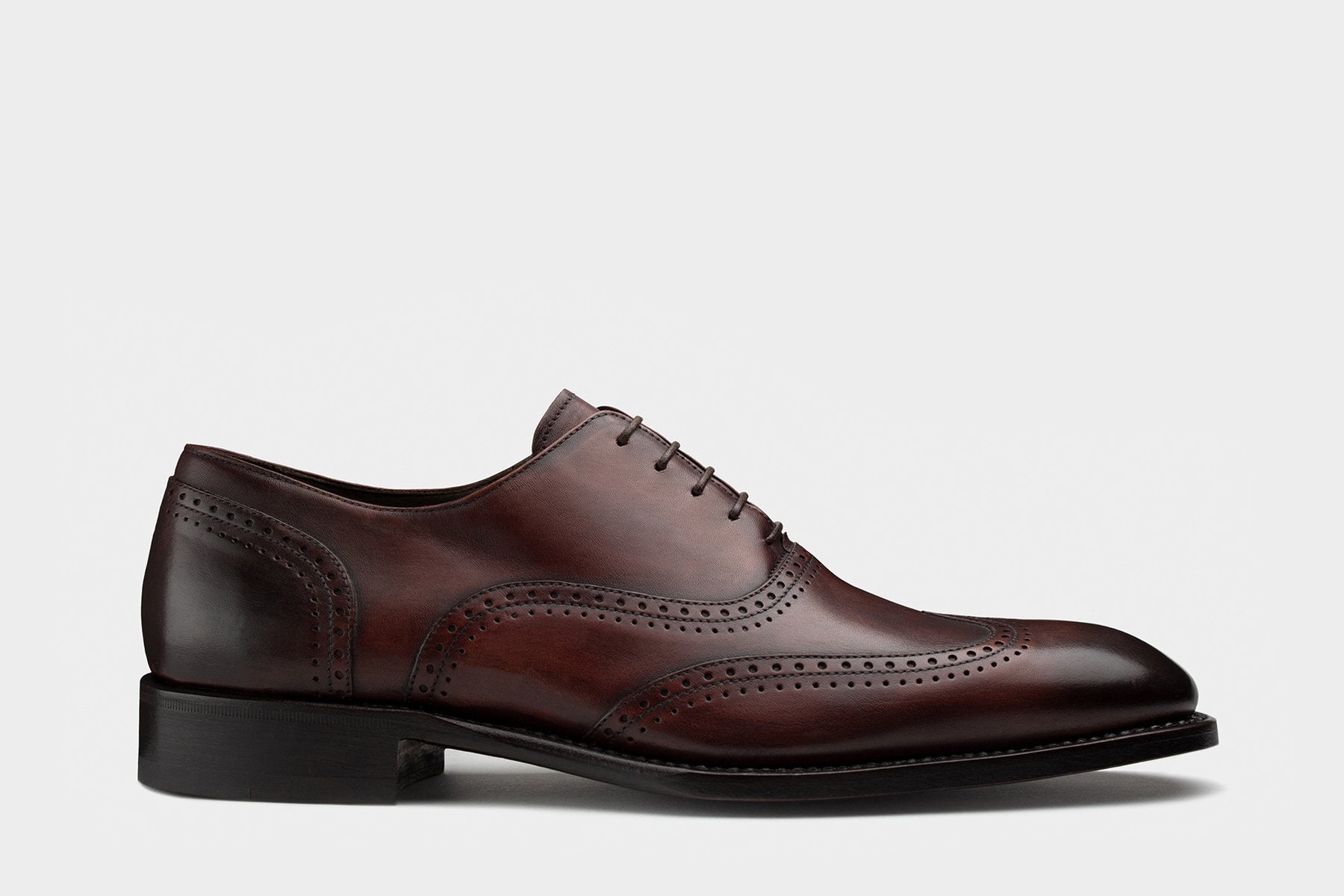

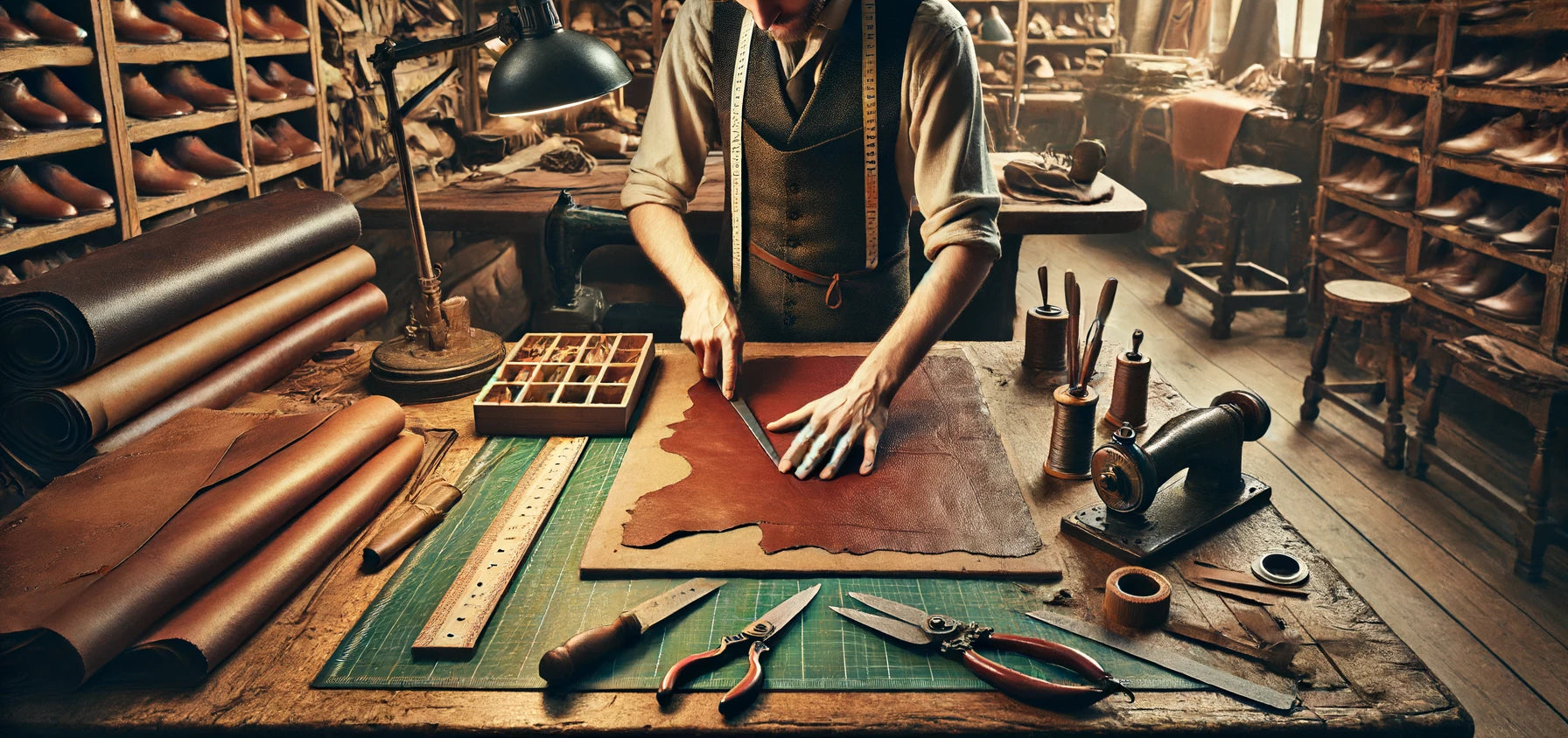
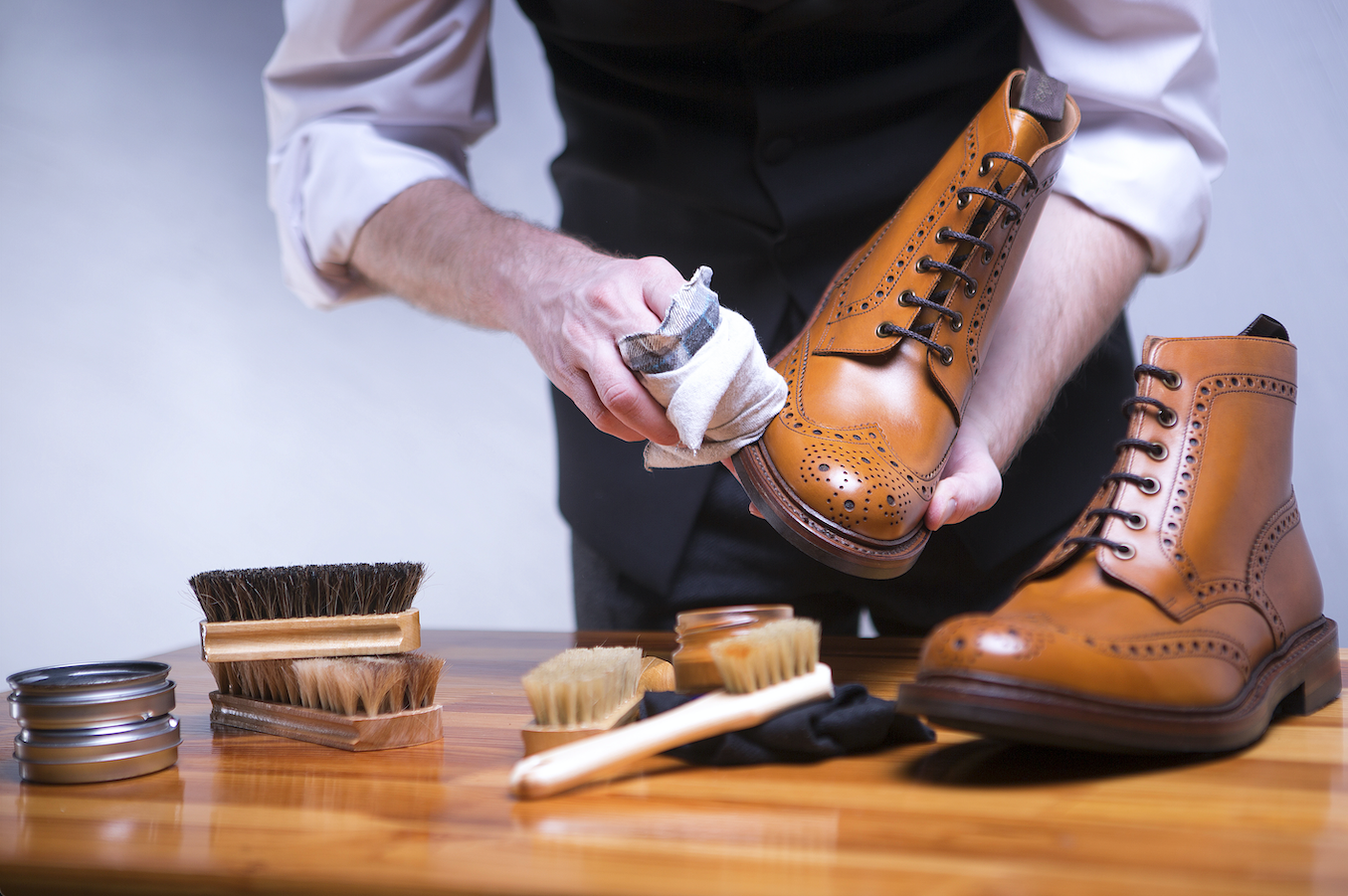

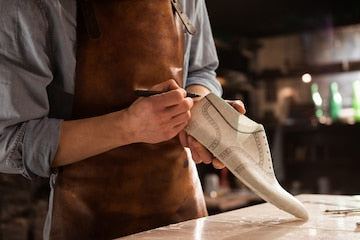
Leave a comment
This site is protected by hCaptcha and the hCaptcha Privacy Policy and Terms of Service apply.